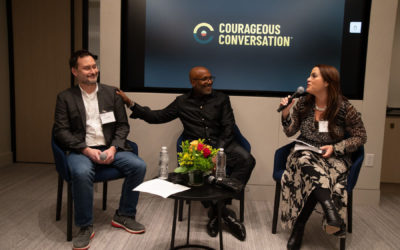By Kenneth Terrell—June 28, 2018
Over the past 50 years, older workers have become a bigger part of the nation’s job force. And that group also has become more diverse as it has grown. But, according to a report from the Equal Employment Opportunity Commission this week, those shifts have been accompanied by increases in reports of age discrimination, with the number of complaints filed by women, blacks, Asians and workers over the age of 65 nearly doubled in some cases.
The statistics — drawn from research the EEOC conducted to mark the 50th anniversary of the federal Age Discrimination in Employment Act (ADEA) — show the persistence of age bias in the workplace. While ADEA greatly expanded employment and career opportunities for workers over the age of 40, the stereotypes and discrimination that older workers confront on a regular basis have been more difficult to eliminate.
“As we’ve studied the current state of age discrimination this past year in commemorating the ADEA, we’ve seen many similarities between age discrimination and harassment,” says acting EEOC chair Victoria Lipnic. “Like harassment, everyone knows it happens every day to workers in all kinds of jobs, but few speak up. It’s an open secret.”
One way people speak out is by filing complaints to the commission, the federal agency that investigates charges of age bias in the workforce. In the years after the law first took effect, the number of complaints filed typically ranged from 1,000 to 5,000 annually. Compare that with 2008, when a record 24,582 age discrimination complaints were filed, in large part due to the Great Recession, when many workers allege they were laid off because of their age.
Last year, there were 18,376 age discrimination complaints submitted to the EEOC. Still, the commission believes that most incidents are not reported. The report cites an upcoming study from AARP that found that 6 out of 10 older workers have seen or experienced age discrimination on the job and 90 percent of say it is common.
“Fifty years after the ADEA took effect, age discrimination is still prevalent and while it sometimes takes new forms, it looks surprisingly similar to what it looked like 50 years ago,” says David Certner, legislative policy director for AARP. “There is still much that needs to be done to strengthen the law, work with employers and dispel myths about older workers.”
Read more at AARP.




